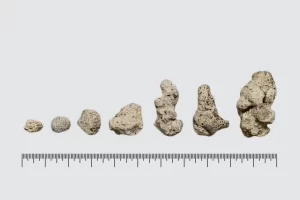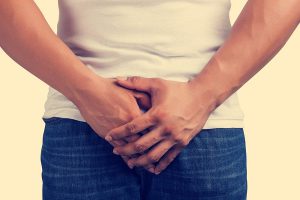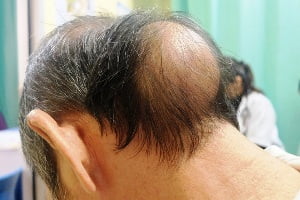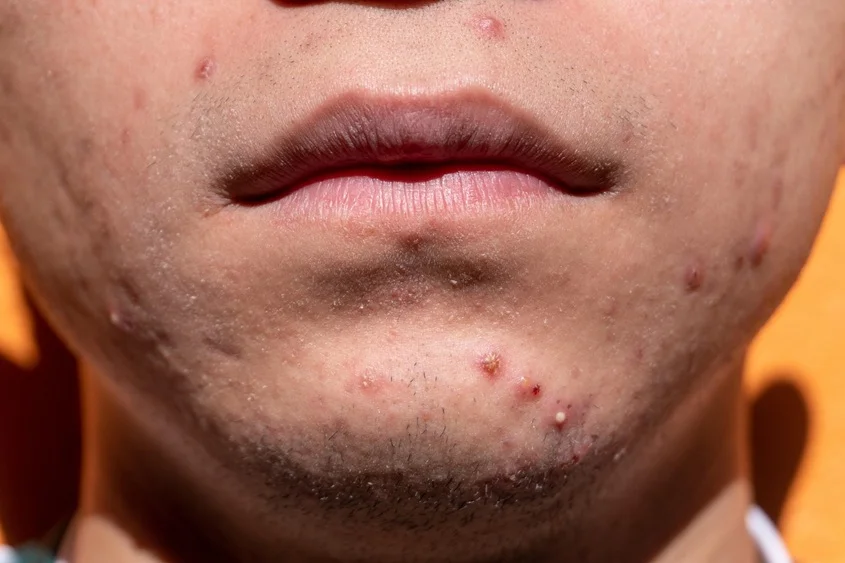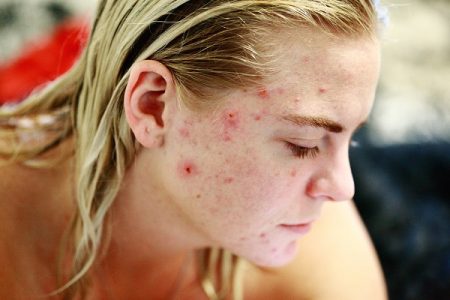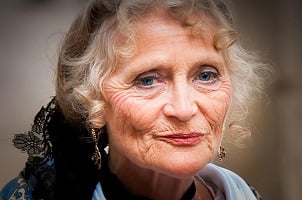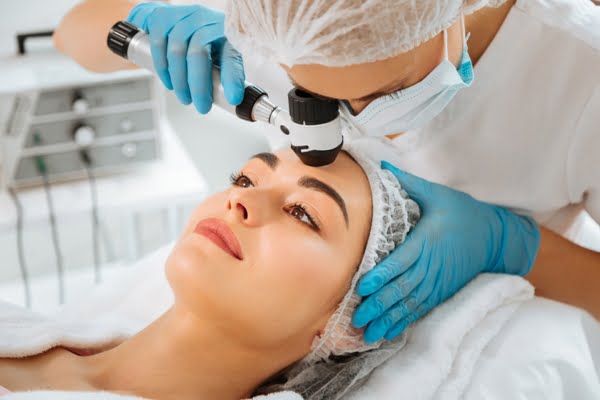Treating acne is not a one-solution-fits-all ordeal. With several different types of acne out there, the same treatment may not always be effective. It matters to explore the various types of acne before starting and committing to a treatment.
Below, we’ll discuss the different types of acne and the best ways to treat each.
1. Fungal Acne
Fungal acne can be presented differently. They might come in the form of rash-like red bumps or pus-filled zits. What sets fungal acne apart from other types of acne is its underlying cause: an overgrowth of yeast, a type of fungus. Due to this, this type of acne tends to be itchy, spreadable, and stubborn. Topical treatment or oral antifungal medication is often necessary.
2. Pustules
A pustule can be described as a white or yellow pus-filled bump, surrounded by redness. They may be tempting to pop or squeeze, but doing so can lead to scarring. Then, you’ll be searching for a laser facial near me. The best treatment? Apply salicylic acid to the affected area. In severe cases, a dermatologist can assist.
3. Comedones
A comedone forms when a hair follicle gets clogged. They either come in the form of numerous tiny, skin-colored bumps or small blackheads. Benzoyl peroxide, salicylic acid, and topical retinoids are often used to treat either type of comedone.
4. Papules
Papules often come in multiples. These bumps are very small and pink or red in color. While they aren’t very visible from afar, they can be quite sensitive to the touch. Common over-the-counter acne treatments tend to bite papules in the bud.
5. Whiteheads
Whiteheads are a type of comedone. They’re tiny, close-pored bumps that are white or flesh-colored. The causes of whiteheads can range from hormonal changes to friction. Products with salicylic acid or benzoyl peroxide are often effective in getting rid of whiteheads.
6. Blackheads
Like whiteheads, blackheads are also a type of comedone. Rather than being flesh or white-colored, they’re black as they’re open-pored. Proper exfoliation, topical retinoids, and use of a daily cleanser with gentle ingredients are useful treatments. Professional extraction is also a treatment option.
7. Cysts
Cysts or cystic acne are large, pus-filled bumps that form from blocked pores. Out of all types of acne, they tend to be the most inflamed. They can also be painful. Cystic acne can be treated with a gentle cleanser or over-the-counter topical products. A dermatologist can prescribe medication for severe cases. Cortisone injections or chemical peels can also help.
8. Nodules
If you’re experiencing a large, hard bump that’s painful, it might just be a nodule. Because they form deep under the skin’s surface and are prone to scarring if picked at, nodule treatment is best left to a dermatologist. Treatment may involve prescription medication.
Conclusion
Acne is often deemed unsightly, confidence-crushing, and sometimes physically painful. While many people will try everything to get rid of their acne, being strategic about its treatment is important. With multiple types of acne out there, it’s important to choose treatment based on the kind of acne you’re personally experiencing.
